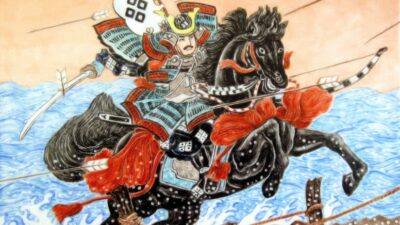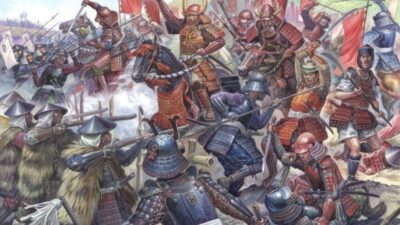Tachi vs Katana: Design, History, and Combat Differences
NO AI USED This Article has been written and edited by our team with no help of the AI
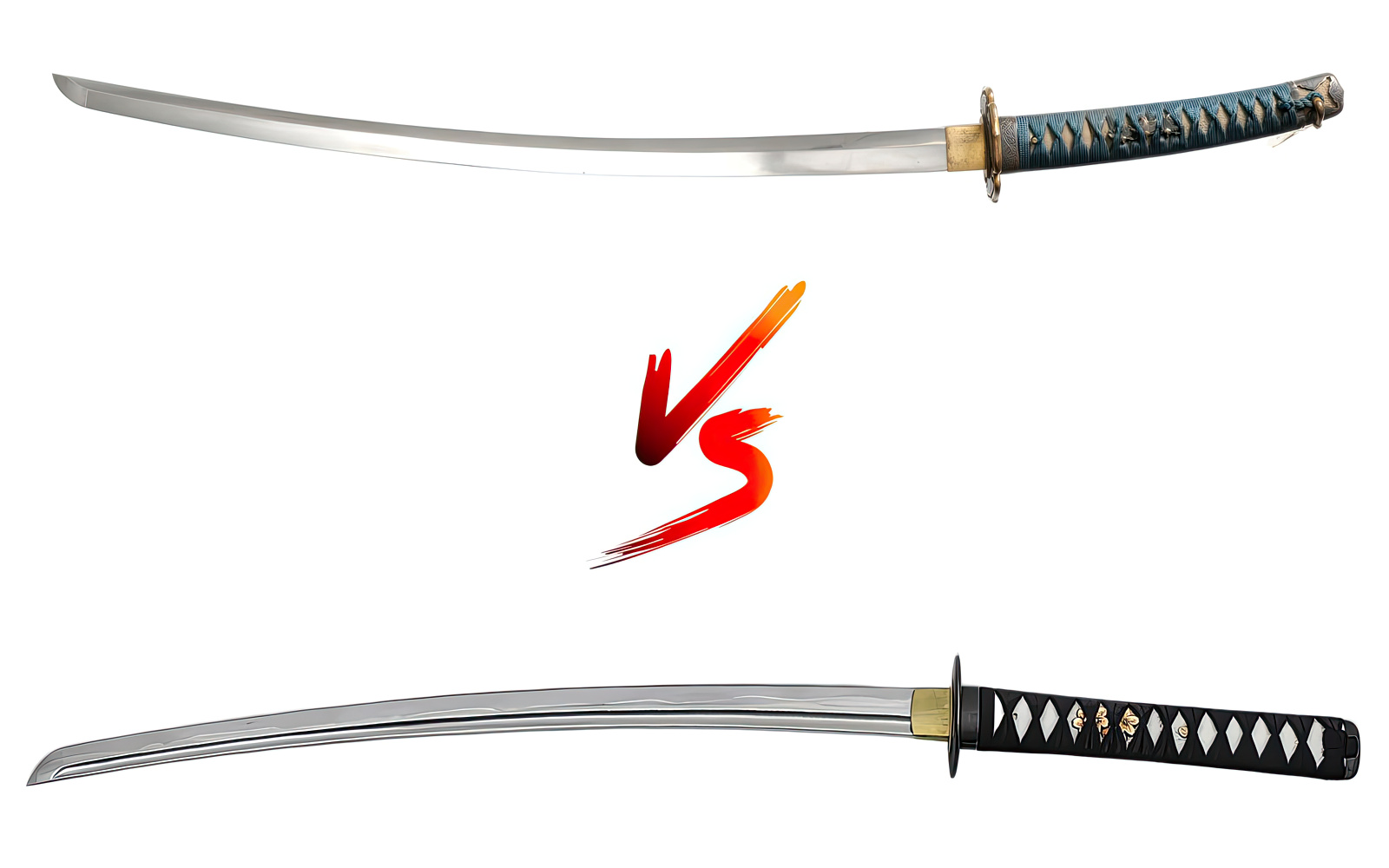
The tachi and katana are famous swords from Japan used by the samurai. They are often seen in video games and anime, which can easily cause confusion between the two.
This article will explain what each sword is called and what it means. We will also discuss how they are designed, what makes them unique, and compare their differences.
Terms, Characteristics, and Design Differences
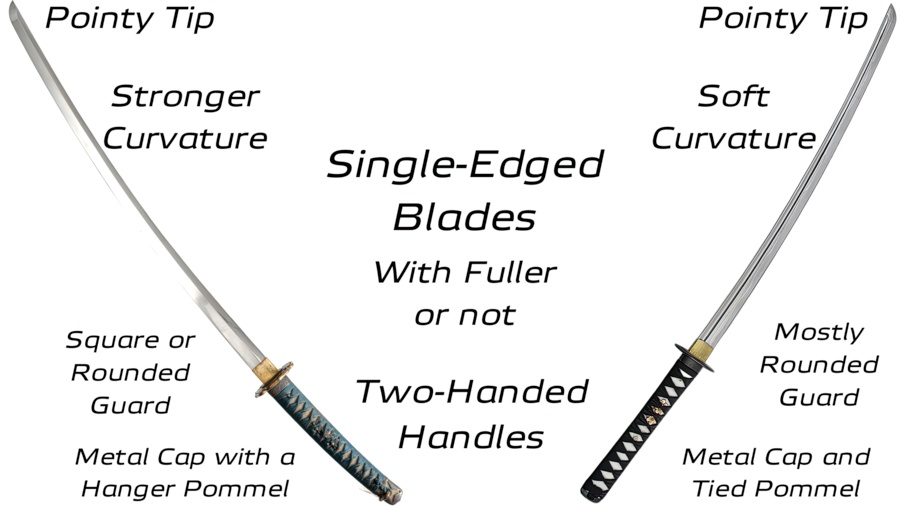
The tachi is an early samurai sword named after the Japanese word meaning “to sever” or tachikiri, meaning “to cut in half.” It may have been influenced by China, coming to mean long sword.
The word katana in Japanese means “sword,” “blade,” or “single-edged cutting tool.” In Japan, it is called “uchigatana” as it is carried with the edge up.
Outside of Japan, the term “katana” is common and refers to a Japanese sword with a gentler curve that came after the tachi.
Blade
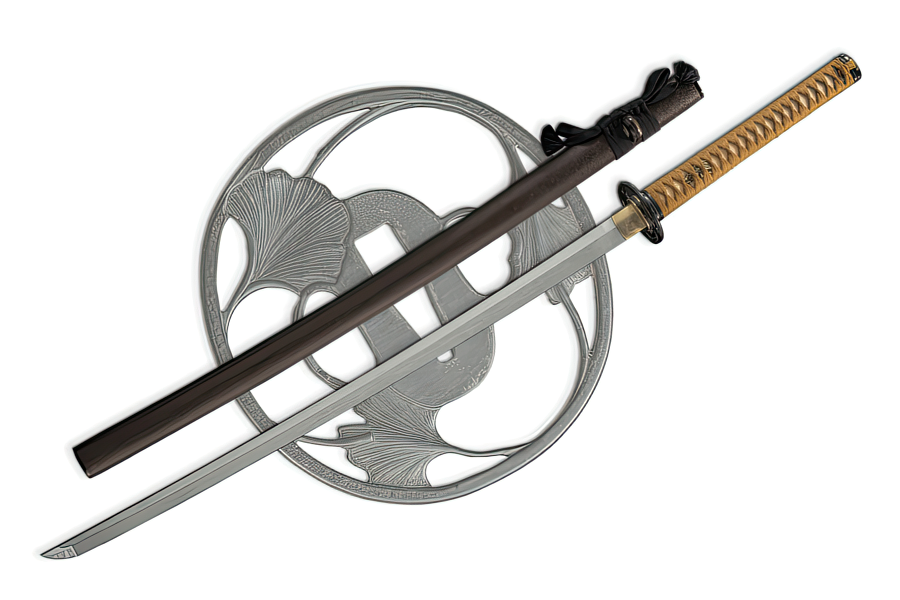
The tachi and katana are made from a high-carbon steel called tamahagane. The steel comes from iron sand called satetsu, which is turned into a blade with a sharp edge.
Both swords have a single-edged blade with a curve, called sori, but the tachi’s curve is more pronounced than the katana’s.
Some tachi and katana blades are flat, while others have a groove called hi, often bohi, which decreases the sword’s weight and produces a distinctive sound when swung, known as tachikaze. This groove also adds to the sword’s look.
Japanese swordsmiths created various blade shapes called zukuri, some of which had two edges. Clay tempering was used to harden the edges, making them sharper and creating a visible line on the blade (hamon).
The part of the sword under the handle, the nakago, had an inscription from their smiths called mei. The position of this inscription differs between the tachi and katana due to how they were carried.
To tell the katana and tachi apart, look at how the sword is held with the edge up. If the mei inscription is visible on the side facing you, it’s a katana. If you can’t see the inscription, it’s a tachi.
Hilt
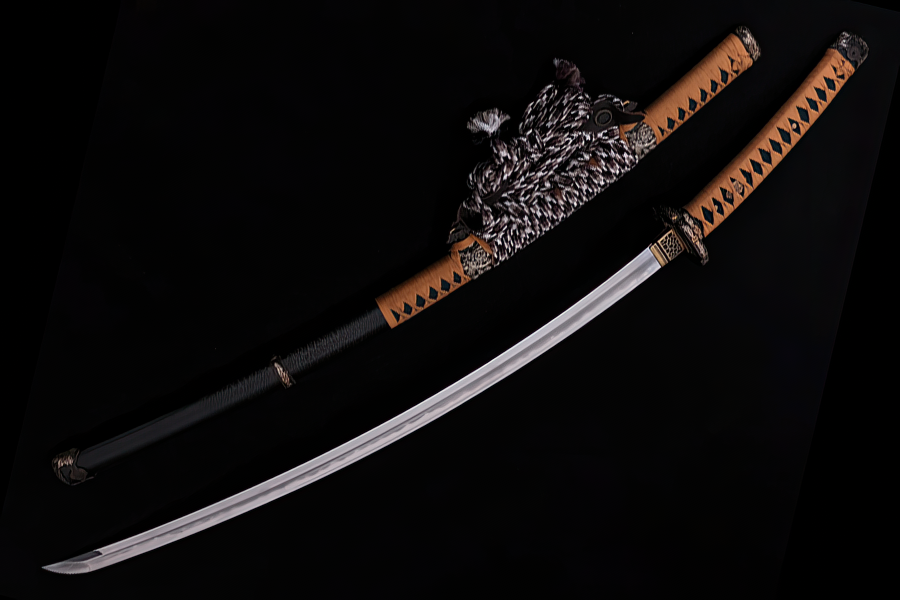
The tachi and katana have fittings called koshirae. Their handles are covered with ray skin wrapped with silk, leather, or cotton and are in various patterns called tsuka–ito.
Both swords have handles long enough for two hands and have a round or square handguard, called tsuba, for protection. They are secured with two blade collars: the habaki and fuchi.
Katana have small, hard-to-see pommels called kashira. The tachi has a cap on the handle called kabutogane, with a movable ring named sarute for attaching to things.
Tachi fittings vary in combat and ceremonial use, with popular types including the early kenukigata–tachi, ceremonial kazari–tachi, and the war-ready kawa–tutsumi–tachi.
Scabbard
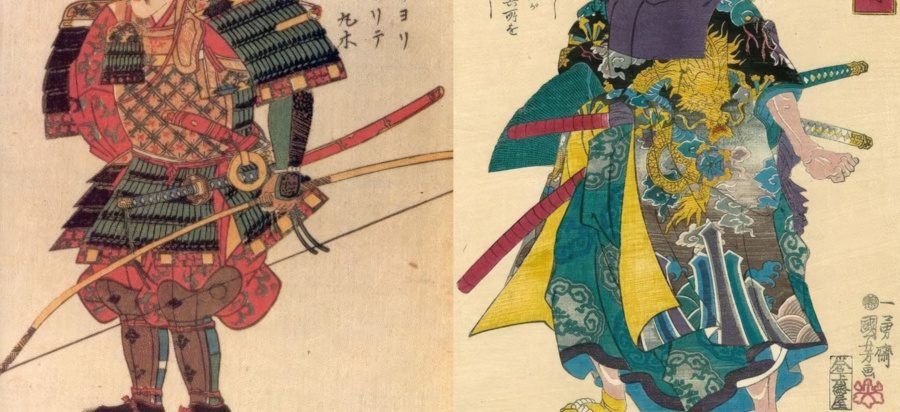
The main difference between a tachi and a katana is how they are carried and shown off. The tachi was worn with its edge down, the sharp part facing the ground, while the katana was worn with its sharp edge facing up.
Both swords have wooden scabbards called saya, which could be simple or elaborate. Tachi scabbards have straps called ashi, where the sword hangs from the belt.
Katana scabbards used a cord called sageo, and the sword was tucked into the belt or sash (obi) worn around the waist.
Size and Weight
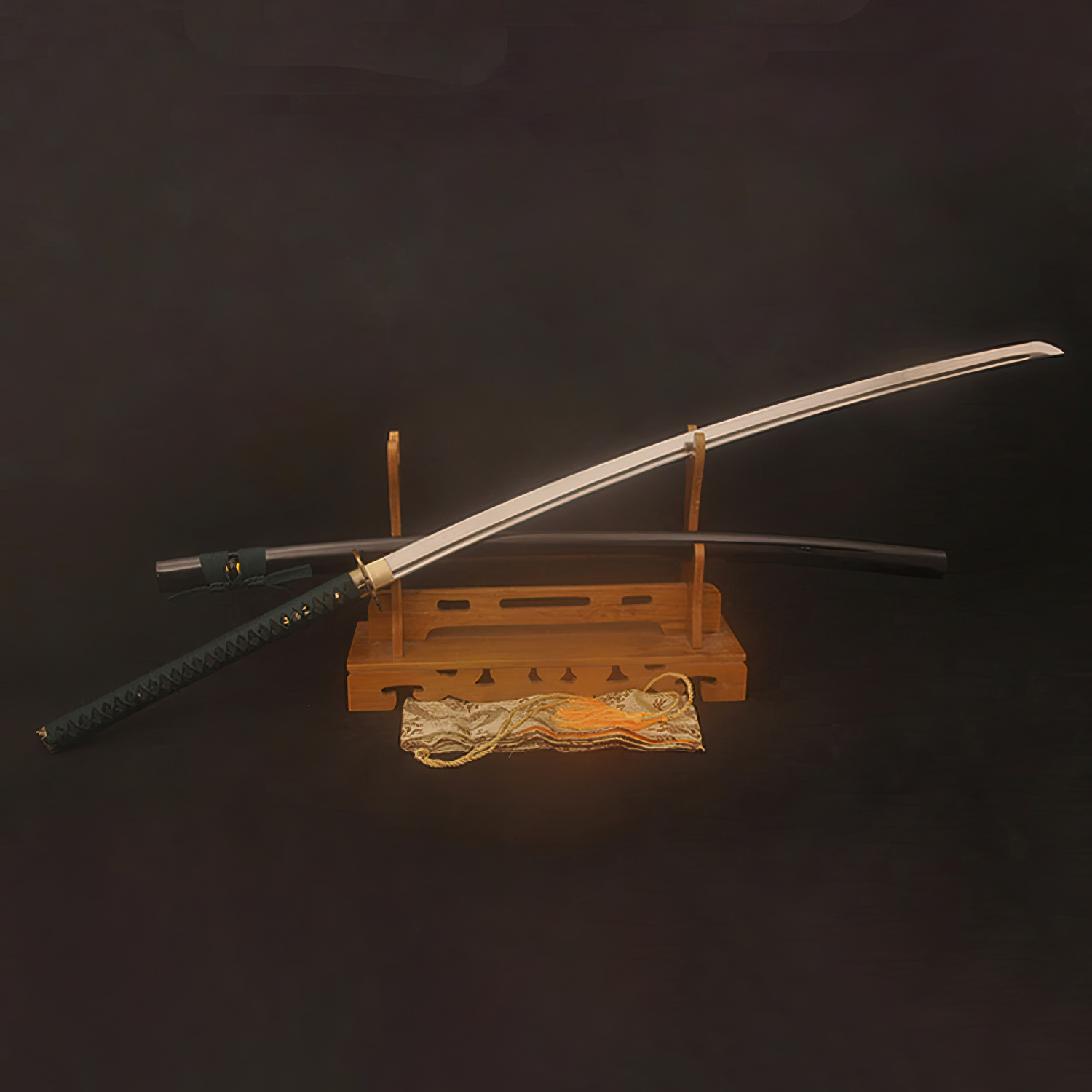
The tachi and katana are considered daito, or long swords in Japanese. This means they are longer than two shaku (24 inches / 60.6 cm). Both swords are between 35 and 39 inches (90 and 100 cm) long, though some can be up to 43 inches (110 cm). The tachi may be larger because it was used in calvary.
Their weight varies, depending on the decorations, but generally, they weigh between 2.2 to 2.9 lbs (1 to 1.3 kg).
Historical Significance
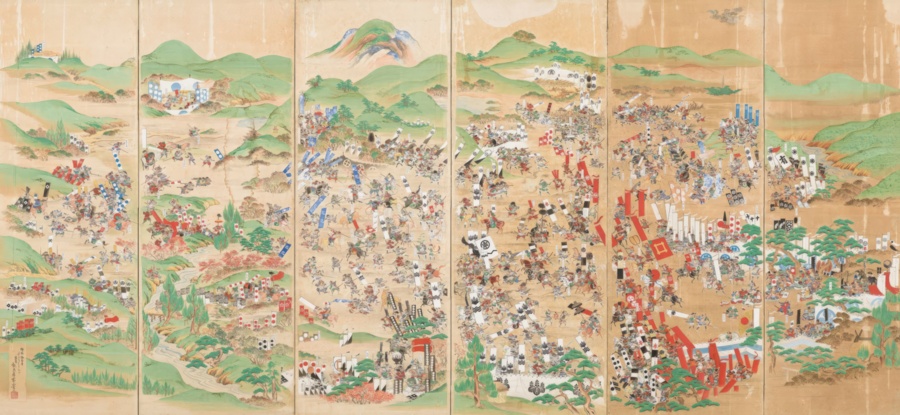
The tachi was a curved longsword first used by Japanese warriors in the late Heian period (794-1185). It was inspired by earlier, straight, single-edged swords called chokuto, similar to the Chinese dao.
After diplomatic ties with China ended during the late Tang Dynasty (618-907), Japanese blacksmiths developed their own methods and styles for making swords. This led to the creation of the tachi, a curved sword initially used in ceremonies by the emperor and later becoming the main weapon of the samurai.
The tachi was effective in battle, but after the Mongol invasions of Japan (1274-1281), weapons for close combat were highly needed. This led to the creation of the katana, a shorter, less curved, and more compact sword.
It was worn with the sharp edge facing up, making it easier to draw. The katana soon became the preferred secondary weapon for warriors using larger weapons such as a naginata or yari spear.
After the tumultuous Sengoku Jidai period (1467-1615), the peaceful Edo Period (1603-1868) began. During this time, larger tachi swords were converted into katana blades, turning the tachi into a sword used mainly in ceremonies.
The katana was not just used for self-defense. It was also used for kenjutsu, a martial art to maintain the samurai spirit. It also became a symbol of feudal Japan, valued as an art piece and for cultural significance.
Katanas are still made in Japan today, preserving the samurai traditions. They are also used in martial arts like Kendo and Iaido.
Combat Preference
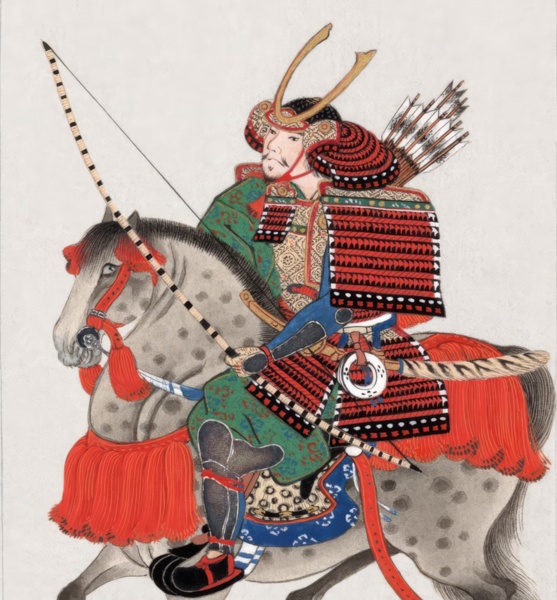
The tachi and katana are swords designed for two hands but can be used with one and a half hands. They served as secondary weapons for samurai in battle alongside larger spears, bows, and rifles.
The tachi has a significant curve, better suited for slashing rather than thrusting. Its longer curve and handle made it perfect for attacks in cavalry.
The katana has a softer curve, great for slashing but also effective for stabbing. Its design allows for precise control to target vital points on the enemy.
Its compact design and unsheathing made it a powerful infantry and an everyday self-defense weapon. Even some later tachi designs were shortened to achieve these flexible combat traits of a katana.
The katana was easy to carry and could be used on foot or in calvary for slashing. The katana’s design allowed it to become a primary weapon easily.
